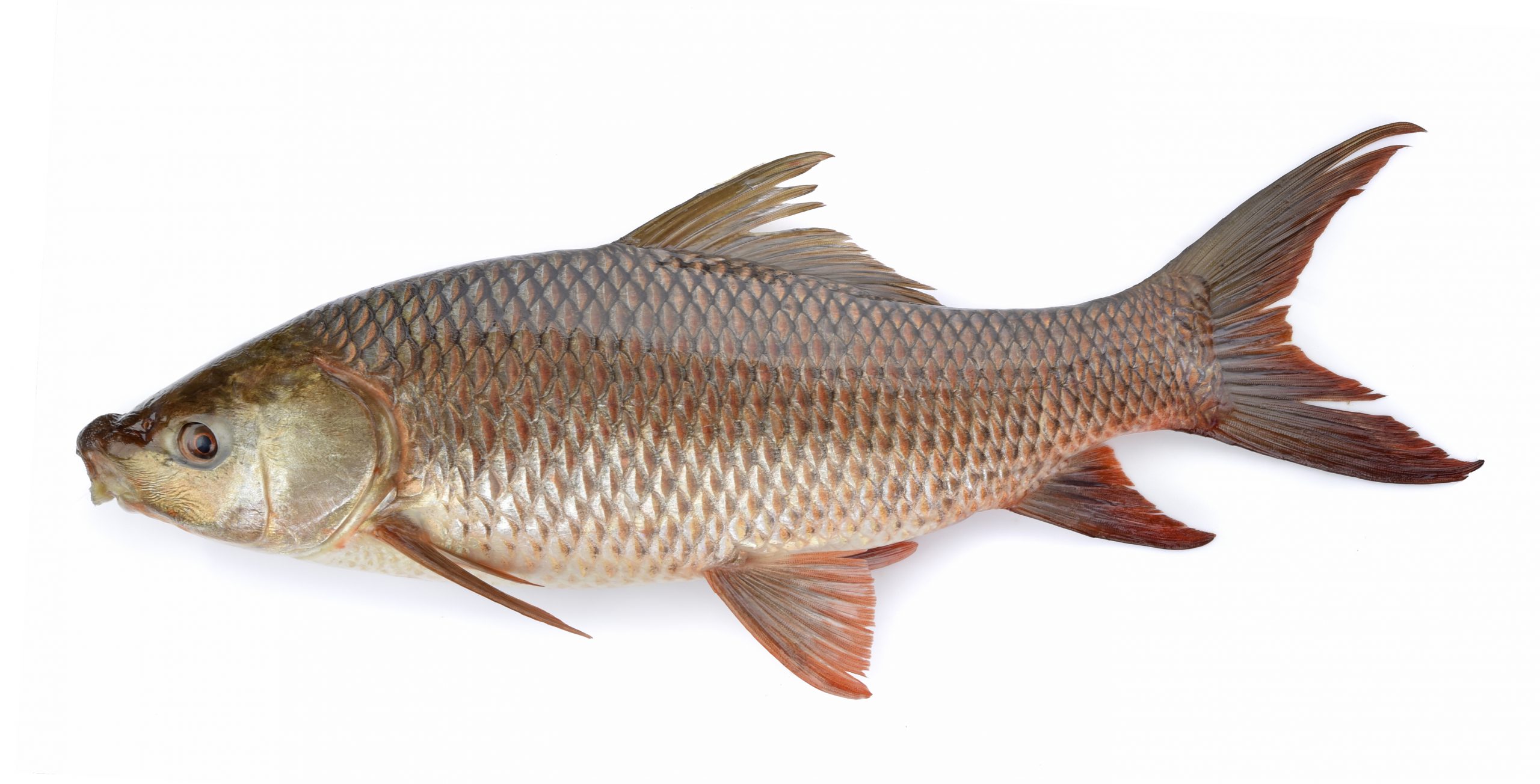
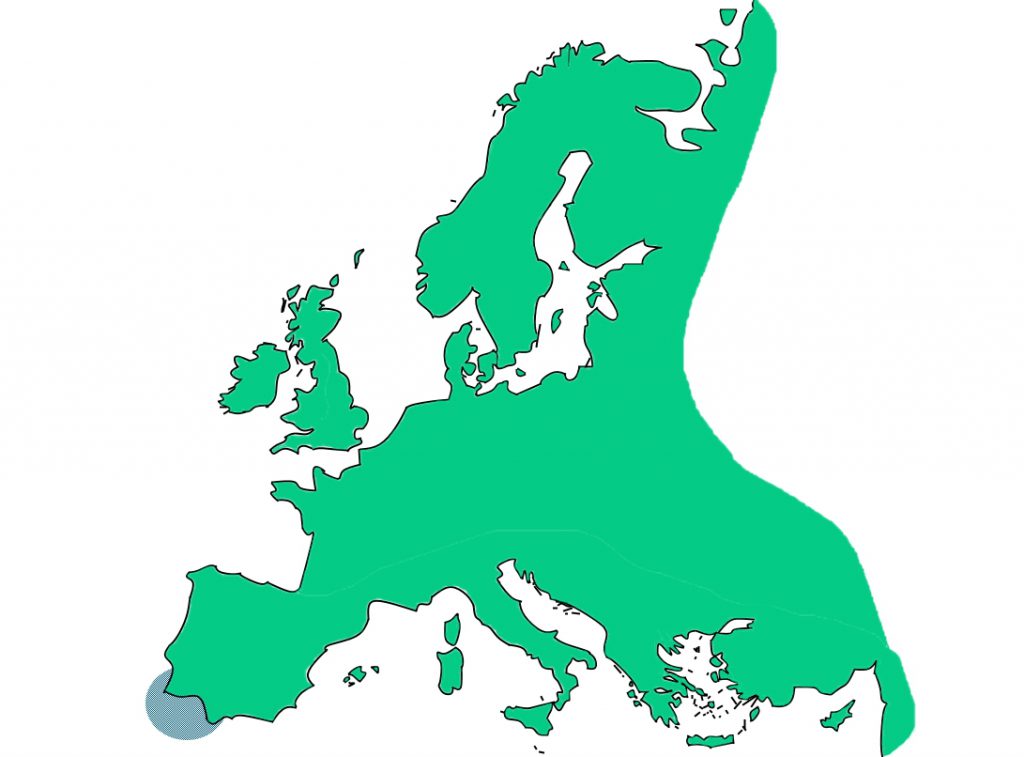
Case study 3: Carp in north-east Europe
Common carp (Cyprinus carpio) is commonly reared in middle and eastern Europe.
Depending on local tradition, they are grown from 600 grammes (Ukraine, part of Poland) to over 3 kilogrammes (Czech Republic, Bavaria).
They are traditionally raised in naturally-occurring earthen ponds, and are predominantly fed with cereals, with a significant share of natural food.
Carp take from two to three years to grow, depending on the temperature. Carp is a warm-blooded fish, so it grows well in temperatures above 20°C, but for commercial fish anything over 28°C leads to inhibited growth.
All of this makes carp farming highly dependent on the climate.
CERES’s aim was to determine the potential impact of climate change on environmental condition and potential of growing carp production in European countries.
Traditional carp production developed in the Middle Ages, when monks established the first large carp farms in eastern Europe.
Tomasz Dubisz introduced modern carp production at the turn of the 19th and 20th centuries, and is now the standard way to produce carp in Europe.
Most carp is produced by aquaculture. The EU is a small producer worldwide (only 1.38 % of world production). Trade between EU and non-EU countries is very limited. In the EU the main producers are (fig 1) Poland, Czechia and Hungary. Total production of carp was only 57 291 ton compared to 4 159 117 ton (fao.org) in the world for 2014.
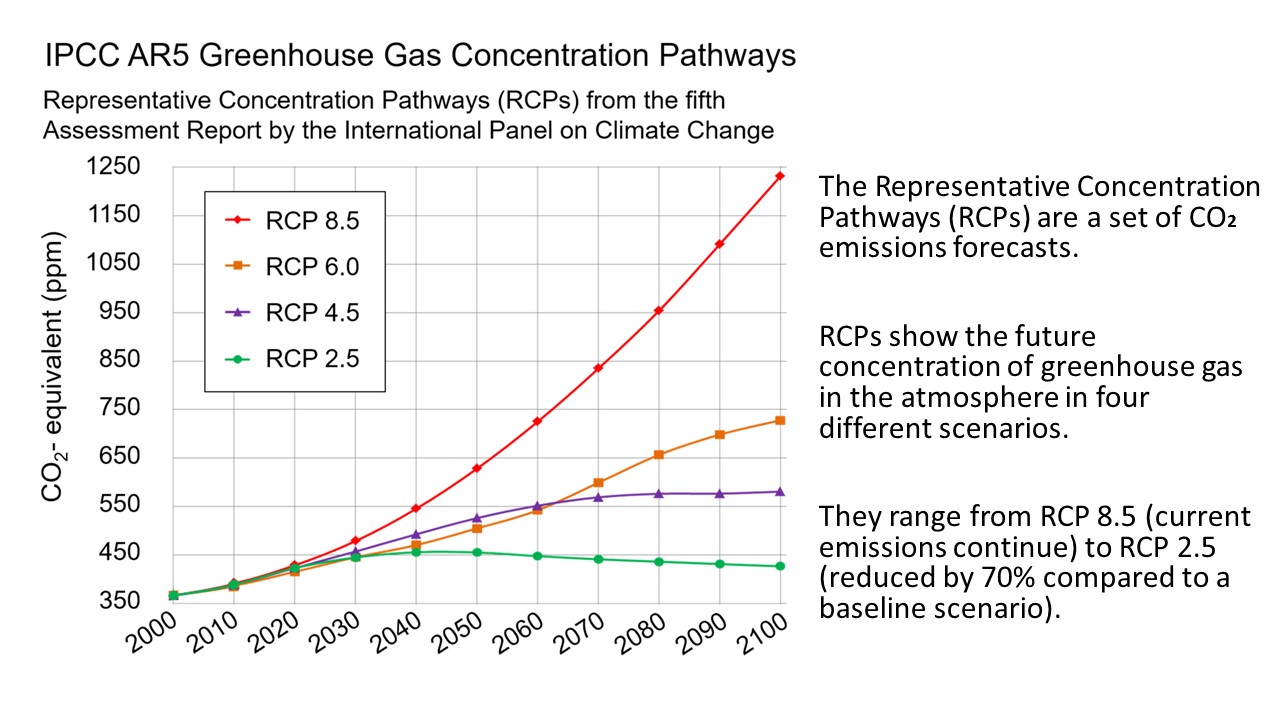
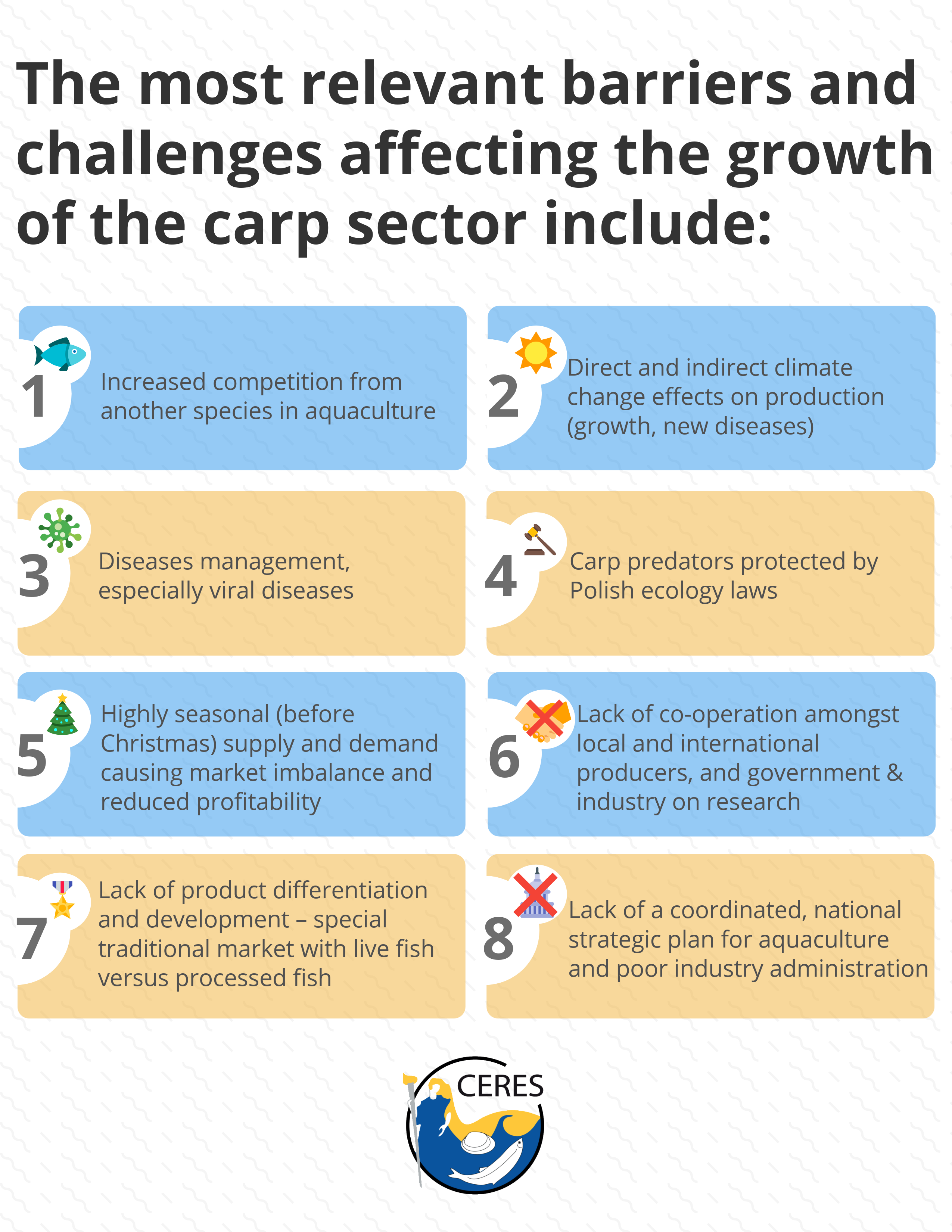
Climate change is expected to affect production yields. This change can provide two shorter cycles of production and moving production to northern Europe, but because of tradition not out of typical ‘carp countries.’
There are several ‘knowledge gaps’ on carp aquaculture in Europe:
- Any projection of the impact of climate change on carp production needs to be treated with great uncertainty, thus higher data collection is needed to assess the direct and indirect effects of climate changes on common carp.
- Overcoming the barrier of demand, intensive methods of breeding this species. The prospect is to link RAS systems using agricultural post-production water (eg. Aquaponic).
- Traditional farming technology is limited by the lack of new places to build ponds. At present legal regulations are unfavorable for the development of traditional carp breading farm, and it largely corresponds to the so-called small water retention in significant areas of Eastern Europe.
- It is necessary to develop new innovative carp products that can increase the demand for this species.
- Significant threats to virological diseases in traditional breeding methods require the development of new, effective ways of combating viral diseases, eg. by introducing genetically resistant carp lines to specific viruses.
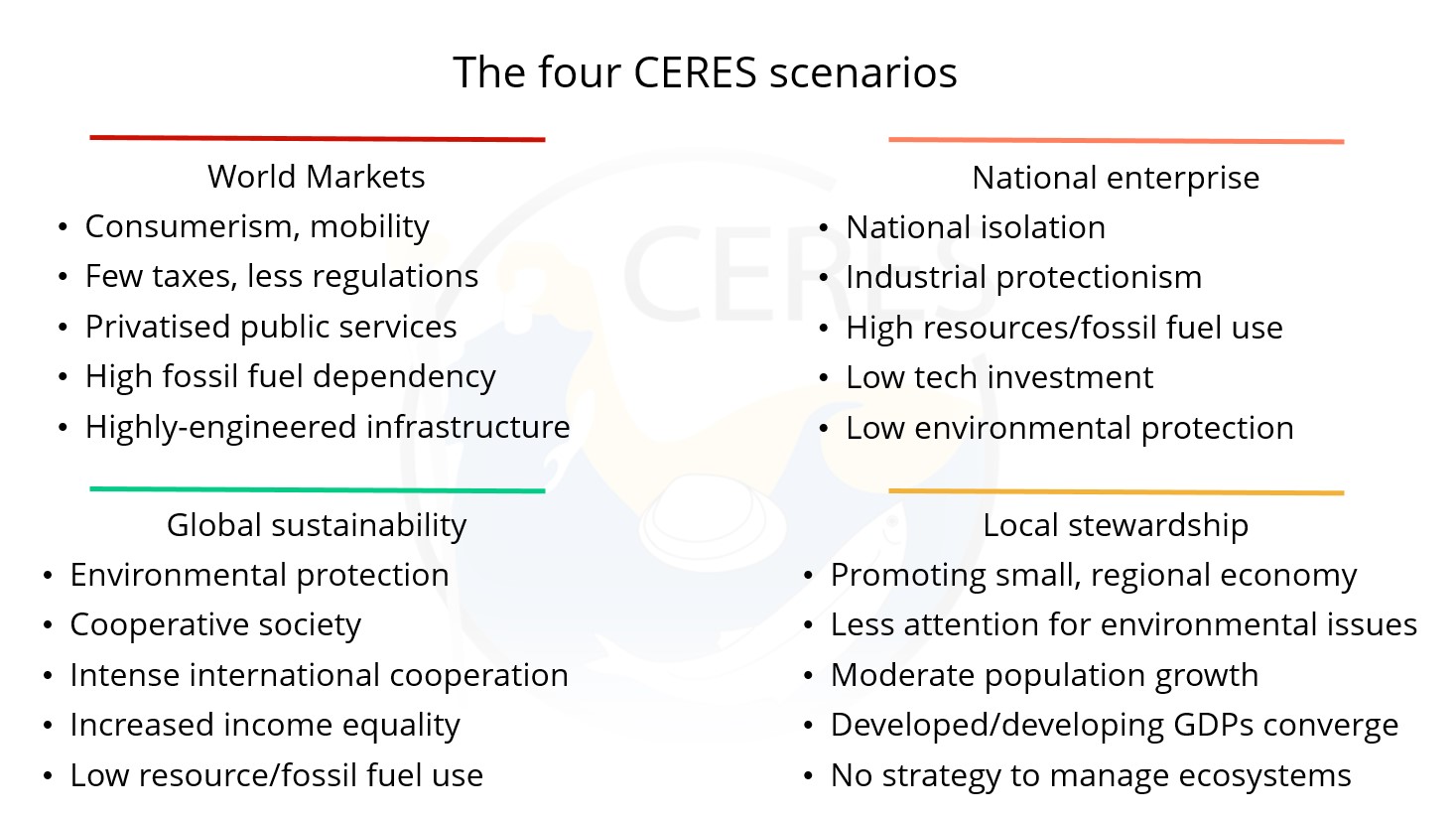
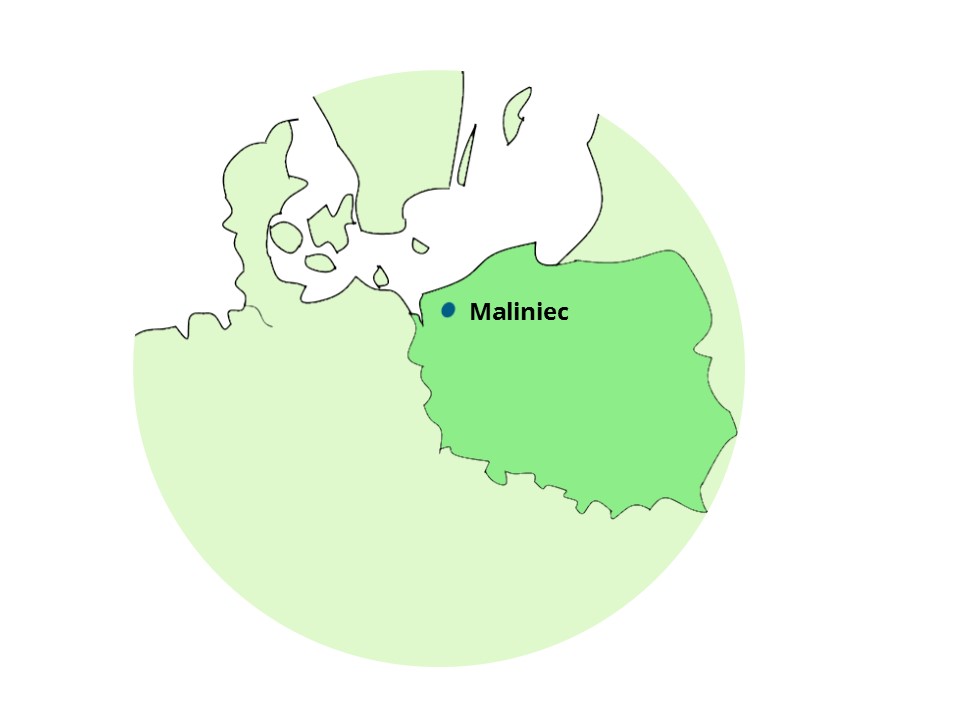
CERES research
CERES researchers looked at the effect of temperature on the growth, survival and stress markers of farmed carp in different rearing conditions.
They monitored the water and air temperature and every 3ºC increase of water temperature in pond. Five fish from each pond and cage were weighted and measured. Their blood was neasured for cortisol, a hormone linked with stress.
CERES researchers used existing research and equations to develop a model for how carp grows in their research area. This model was then adjusted and checked against different locations.
Farming practices and environmental conditions for a carp farm were then collected for a farming site in Maliniec (Poland). This information then helped researchers to find out what would happen to carp under different RCP scenarios.
Results
- The ‘world markets’ (RCP 8.5) scenario leads to greater harvest size and profits, although the difference between the low and the high emission scenario diminishes as climate change progresses (Figure 3A and B).
- Carp is more efficient in taking advantage of available feed under the high emission scenario, but their feeding efficiency converges over time and there is little difference in the far-future scenario (Figure 3C).
- Under the high-emission scenario, carp growth rates will decrease as climate change progresses and it will take longer to reach harvest size (Figure 3A).
- Fish farmers will face economic uncertainty in the high-emission last-century scenario, as farmers would obtain a wider range of harvest sizes, and so economic profits may rise and fall (Figure 3A and B).
- In the same line as growth, the feeding efficiency of carp diminishes and fish energy expenditure increases in the high-emission last-century scenario (Figure 3C and D).
- The metabolic energy expenditure of carp will increase. This means there will be less oxygen in the water, and carp will need more feed. Farmers will need more investment on feed as climate change progresses (Figure 3D and E).

Figure Range of FARM outputs for the typical carp farm in Poland under the different climate change scenarios. Orange and red bars represent the range (spread) of simulation values for the low- and the high- emission scenario, respectively. The drivers for the different climate change scenarios were obtained from the regional climate model as detailed in the text. LW: live weight; DO: dissolved oxygen.

Researchers also asked farmers about what they perceived to be the biggest risks, effects, and impacts of climate change.
CERES Recommendations
- subsidies paid by government should be available for Polish carp farmers all the time. What is most crucial should be paid only for a small retention of water, because the cost to maintain carp ponds are significantly lower than the cost to construct new retention fields/ponds (impounding reservoirs).
- carp framers have been conservative thus far. They should be more open-minded and willing to cooperate with scientists and government administration.
- the EU should create binding regulations that carp ponds are crucial for the small retention of water.
